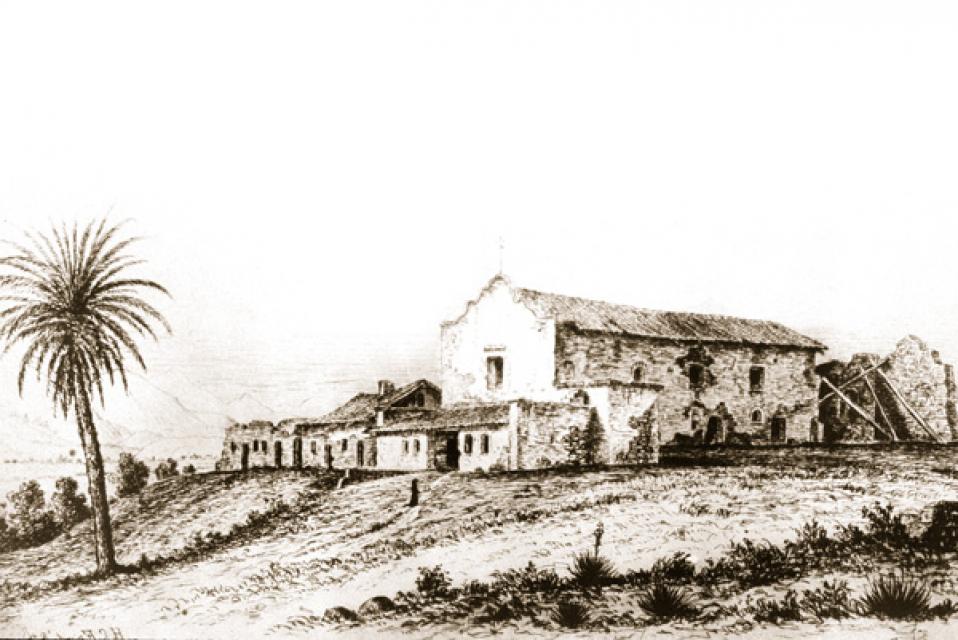Pueblo Water Rights
In addition to riparian and appropriative water rights, there are two other types of surface water rights in California: pueblo rights and federal reserved rights.
California cities that are successors of Spanish or Mexican pueblos (settlements), and followed claim procedures establishing their pueblo rights, possess a paramount right to the beneficial use of all needed, naturally occurring surface and subsurface water from the entire watershed of the stream flowing through the original pueblo. [See also California water rights.]
Water use under a pueblo right must occur within the modern city limits, and excess water may not be sold outside the city. The quantity of water available for use under a pueblo right increases with population and with extensions of city limits by annexation of land not within the original pueblo.
The pueblo water right was a key to the development of modern Los Angeles. Founded as a pueblo in 1781, Los Angeles aggressively asserted its pueblo rights to its namesake river and even to groundwater in the San Fernando Valley. The pueblo water right supplied much of Los Angeles’ water until completion of the Owens Valley Aqueduct in 1913.
Pueblo rights date back to California’s transition from Mexican to American territory in 1848. At that time, pueblo rights were the first to receive legal recognition in California. This allowed persons and entities holding land title under Mexican law to preserve their private and public water rights.
Because pueblo rights predate other kinds of water rights recognized after statehood, cities that possess pueblo rights have rights that are generally superior, or paramount to riparian and appropriative rights. Most prominently, the cities of Los Angeles and San Diego have pueblo rights recognized by judicial decisions, while other cities have made pueblo rights claims.









